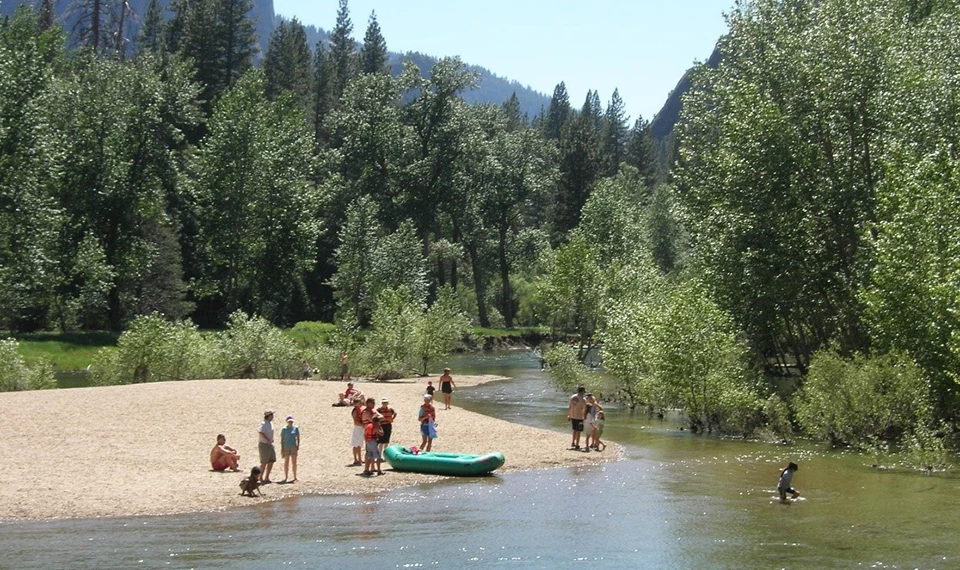
Visitor Use ProgramVisitor Use and Impact Monitoring Program (VUIMP)Yosemite National Park’s Visitor Use and Impact Monitoring Program (VUIMP) was created to fulfill the mandate of the Wild and Scenic River Act (WSRA) to “protect and enhance” the unique values of the Merced and Tuolumne Rivers. The Merced and Tuolumne rivers were designated as Wild and Scenic in 1987 and 1986 respectively. Wild and Scenic Rivers are defined by their 1) free-flowing condition 2) water quality and 3) outstandingly remarkable values (ORVs) which can range from scenic vistas to sub-alpine meadows. Monitoring impacts to the diverse set of river values within the river corridor informs management decisions and provides integrated protection of the wild and scenic river. The river corridor is defined as the land contained within one quarter mile of the high water mark of the river on either side. VUIMP provides a report card that helps safeguard the quality of the park’s natural, cultural, recreational and scenic resources. Guided by WSRA the Merced River Plan (MRP) and the Tuolumne River Plan (TRP) define the resources that are monitored. 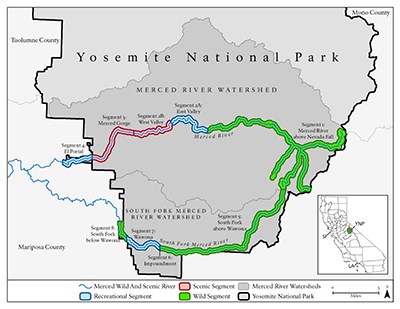
The management plans for these river corridors identify the ORVs for each river. They detail monitoring programs to give park managers the information and rationale needed to make sound, science-based decisions about the impact to each of the river’s values. Monitoring is, especially associated with impacts due to visitor use. Under the WSRA, the rivers are segmented based on their classification as either: wild, scenic, or recreational. These designations guide park management on the type and intensity of development that is allowable in each river segment. 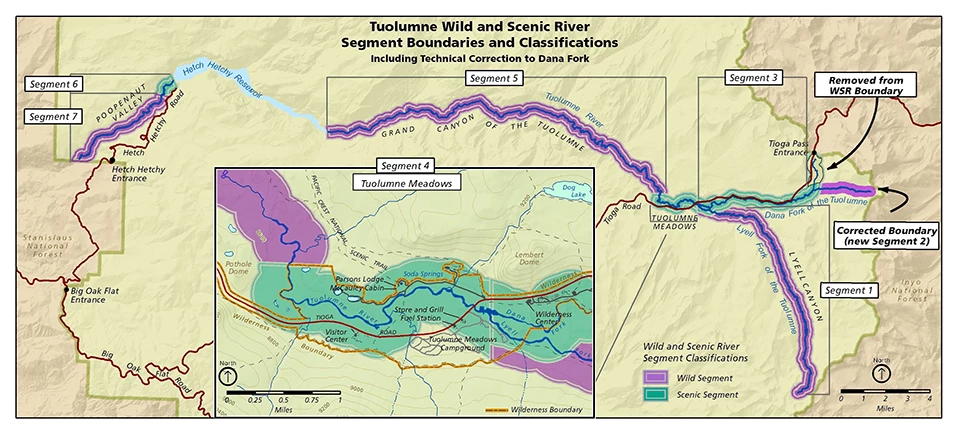
What does the Monitoring Program Monitor?The monitoring program’s goal is to protect the rivers and their corridors. Rivers support a wide range of natural, cultural, scenic and recreational resources that are part of their character. Water quality is monitored because it is one of the defining characteristics of a Wild and Scenic River. The WSRA protects these rare, unique, or exemplary resources that are river-related or river dependent, known as Outstandingly Remarkable Values (ORVs). Protecting the ORVs supports the holistic protection of the river itself. While the WSRA mandates that every ORV be “protected and enhanced”, certain ORVS are more susceptible to human impact and responsive to management than others. The monitoring program tracks those ORVs that are susceptible to human impacts, such as cultural sites and biological resources, but does not monitor resources such as geological features. 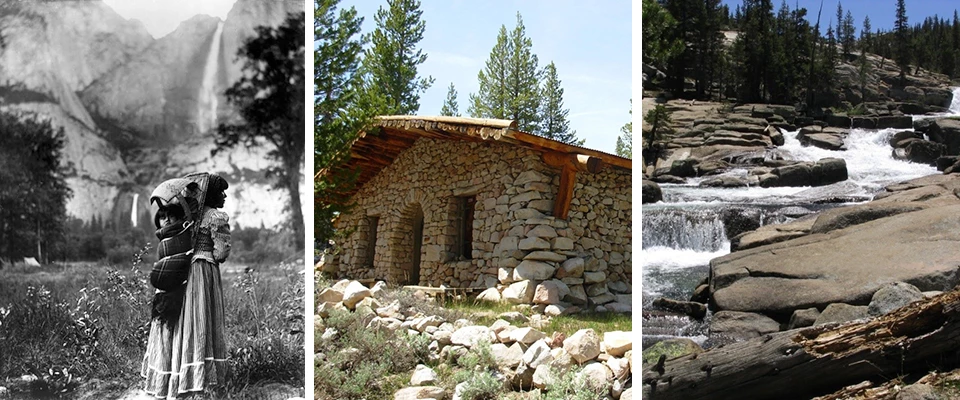
Why do we Monitor?With increasing visitation in recent years (over 5 million visitors in 2016!), the importance of monitoring visitor impact is more critical than ever. Unlike a city where the entire landscape is built for a high density of humans, Yosemite’s natural and cultural landscape is highly vulnerable to human impact. Meadows fragmented by social trails, streambank stability impacted by people accessing the river, archaeological sites disturbed by camping, pristine rivers polluted by runoff, are all examples of how our presence can degrade the integrity of the very environment we come to experience. By measuring indicators defined for each of these resources, park managers are able to understand the impacts of human use on the park’s resources and manage it so visitors may enjoy the park for years to come. “Yosemite Park is a place of rest, a refuge from the roar and dust and weary, nervous, wasting work of the lowlands, in which one gains the advantages of both solitude and society” (John of the Mountains: The Unpublished Journals of John Muir, (1938) page 350.) 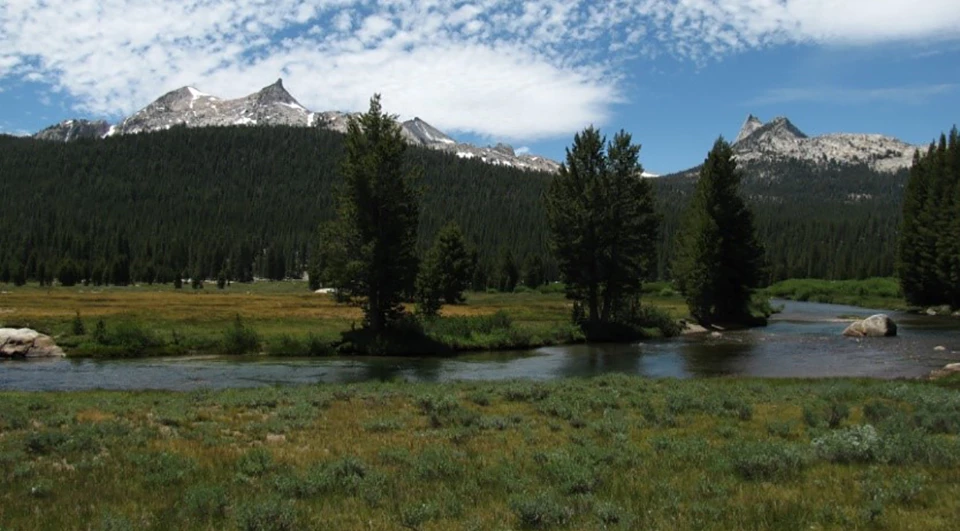
|
Last updated: August 2, 2021
